‘Splash! A Century of Swimming and Style’ at Design Museum interrogates the loaded history of swimwear
Curator Amber Butchart speaks to Wallpaper* about the Design Museum’s latest exhibition, which explores the cultural impact of swimwear – from Pamela Anderson’s bombshell ‘Baywatch’ one-piece to those made for sports, leisure or fashion statement
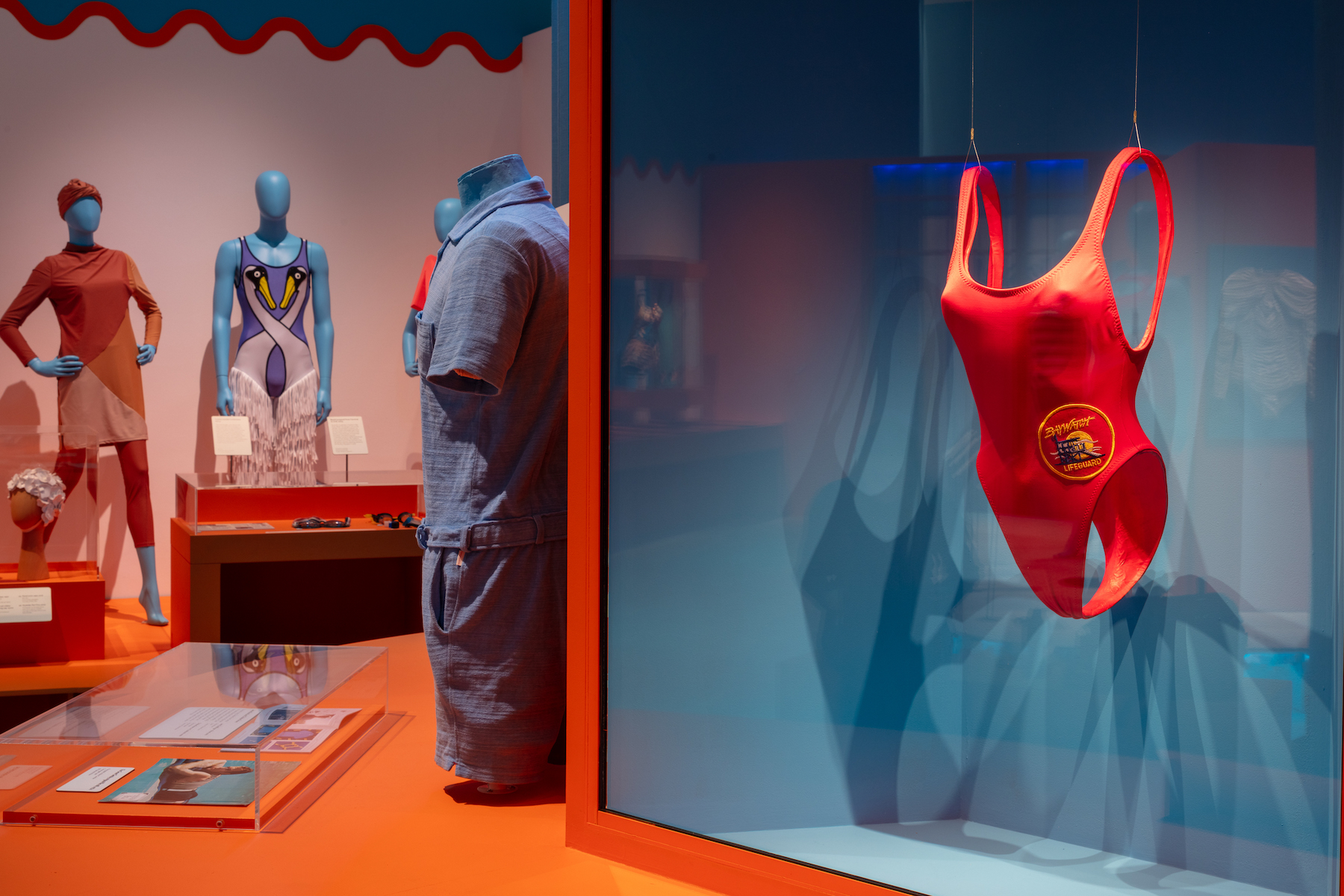
Of all the garments to inhabit a wardrobe, swimwear is perhaps the most loaded. Sharing many of the same properties as underwear – in terms of proportions (frequently small) and cling factor (typically high) – that it is designed to be worn in the public arena carries additional significance.
What these spaces are, and how we engage with them, socially and sartorially, is highlighted in a new exhibition at the Design Museum, ‘Splash! A Century of Swimming and Style’ (until 17 August 2025). Exploring the role of design in relationship with water, the exhibition is separated into three key sections: the swimming pool, the lido and nature (think seas, rivers, lakes), while also considering magazine spreads, TV series, movie posters, sports competitions and fashion shows. Swimwear, it argues, is primed for storytelling.
‘Splash! A Century of Swimming and Style’ at Design Museum

Pamela Anderson in ‘Baywatch’
‘It can tell us loads,’ the show’s curator, broadcaster and historian Amber Butchart, tells Wallpaper*. ‘What bits of the body are acceptable to display in public spaces, about access to public spaces. One of the big stories [here] is contemporary designers creating swimwear for bodies who have not had specific swimwear created for them before – because if you don't have swimwear, you do not have access to these places. You can't go to a pool naked.’ To this point she credits brands like Rebirth Garments, Chromat, and Beefcake Swimwear, who design with trans and non-binary people in mind, as well as swimmers with disabilities.
Growing up by the coast (today she lives in Margate), Butchart has long been drawn to bodies of water and what they can tell us about style, publishing a book, Nautical Chic, in 2015, which examines the relationship between maritime dress and the fashionable wardrobe. ‘So it's always been a strand in my work,’ she explains. ‘I’ve always been interested in this idea of the seaside as a fashionable space, going back to the 18th century, then it becoming unfashionable as people were able to go further afield, to places like the Mediterranean.’ Ideas for the new exhibition had been percolating for a while, she says, a product of her wider research, before the closure of leisure centres during the pandemic (and the subsequent crescendo of cold water swimming’s popularity) streamlined the project.
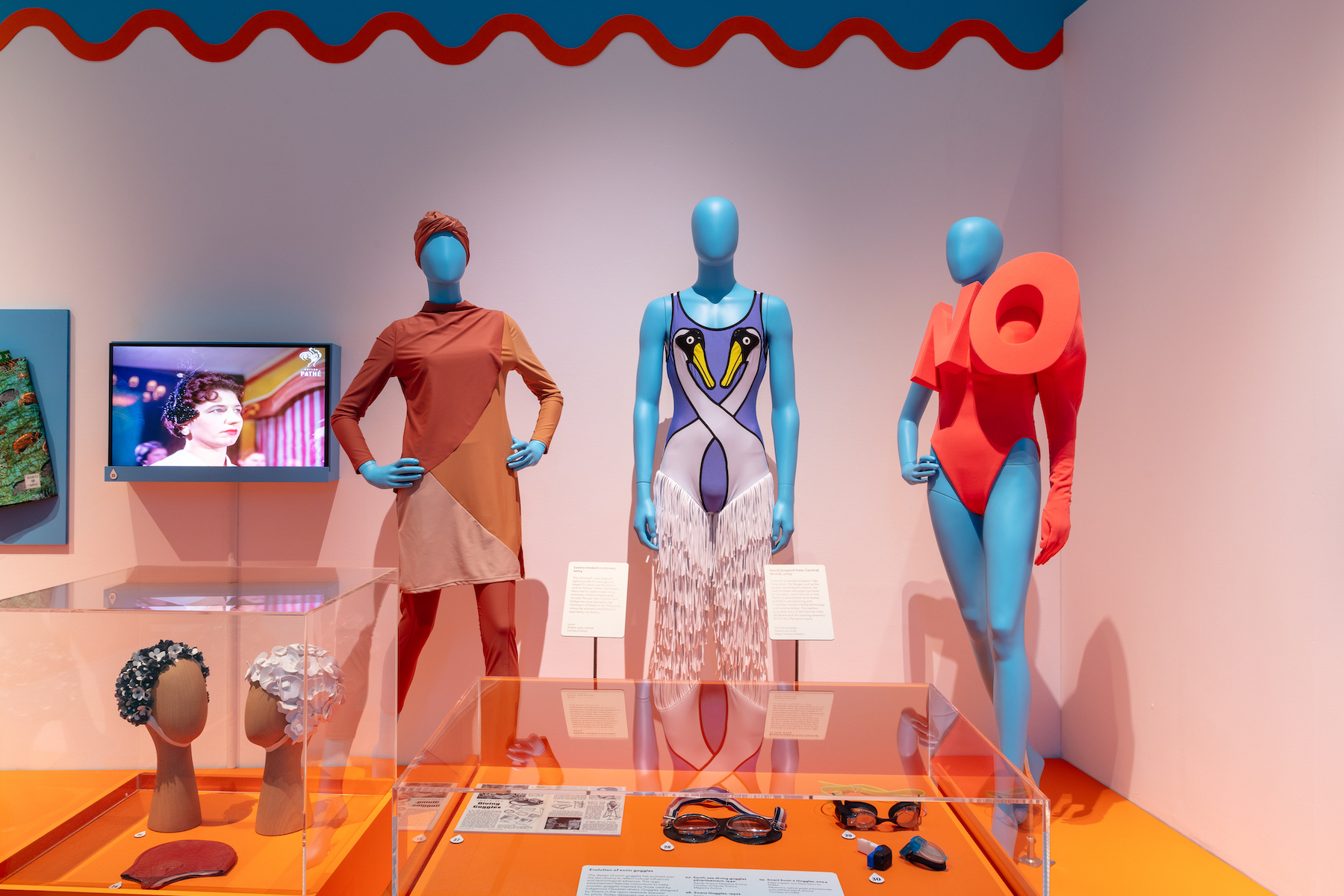
Playing out against a bold set design by ScottWhitbyStudio, there is much to absorb in ‘Splash!’, which features some 200 items (many borrowed from coastal museums around the UK). These range from vintage swimsuits and bathing accessories to high fashion designs and pieces worn for monumental sporting achievements, as well as architecture, film and graphic design. There’s a pair of elaborate swim caps from Miu Miu’s S/S 2017 collection and a metallic blue wet look dress by Greek label Di Petsa (A/W 2024); a poster for the 1984 Olympics featuring David Hockney’s ‘Swimmer, 1982’; and an Indian movie poster from 1967, for Shakti Samanta’s An Evening in Paris (controversially for the country at the time, it featured an actress in a swimsuit). Meanwhile spreads from the men’s fitness magazine, A Young Physique, nod to the homosexuality laws which shaped the 1960s and the introduction of a posing pouch that doubled as swimwear.
Elsewhere, the exhibition addresses the developments in technology that have informed swimwear’s manufacturing and its physical capabilities, highlighting the evolution of sustainability in particular. ‘We explore materials and making in the show, thinking about wool developments in the 1920s, using circular knitting machines, then obviously the synthetics revolution of the mid 20th century and the development of nylon in the 1930s; polyester in the 40s, and then things like Lycra, which still dominate swimwear design today,’ says Butchart, who worked with the Design Museum’s Tiya Dahyabhai. ‘It’s probably impossible to get fully sustainable swimwear, but there are companies like Aquafill creating yarn made from recycled fishing waste nets and industrial waste. Companies like this, pushing forward this research into sustainability, will hopefully have wider impacts elsewhere in fashion.’
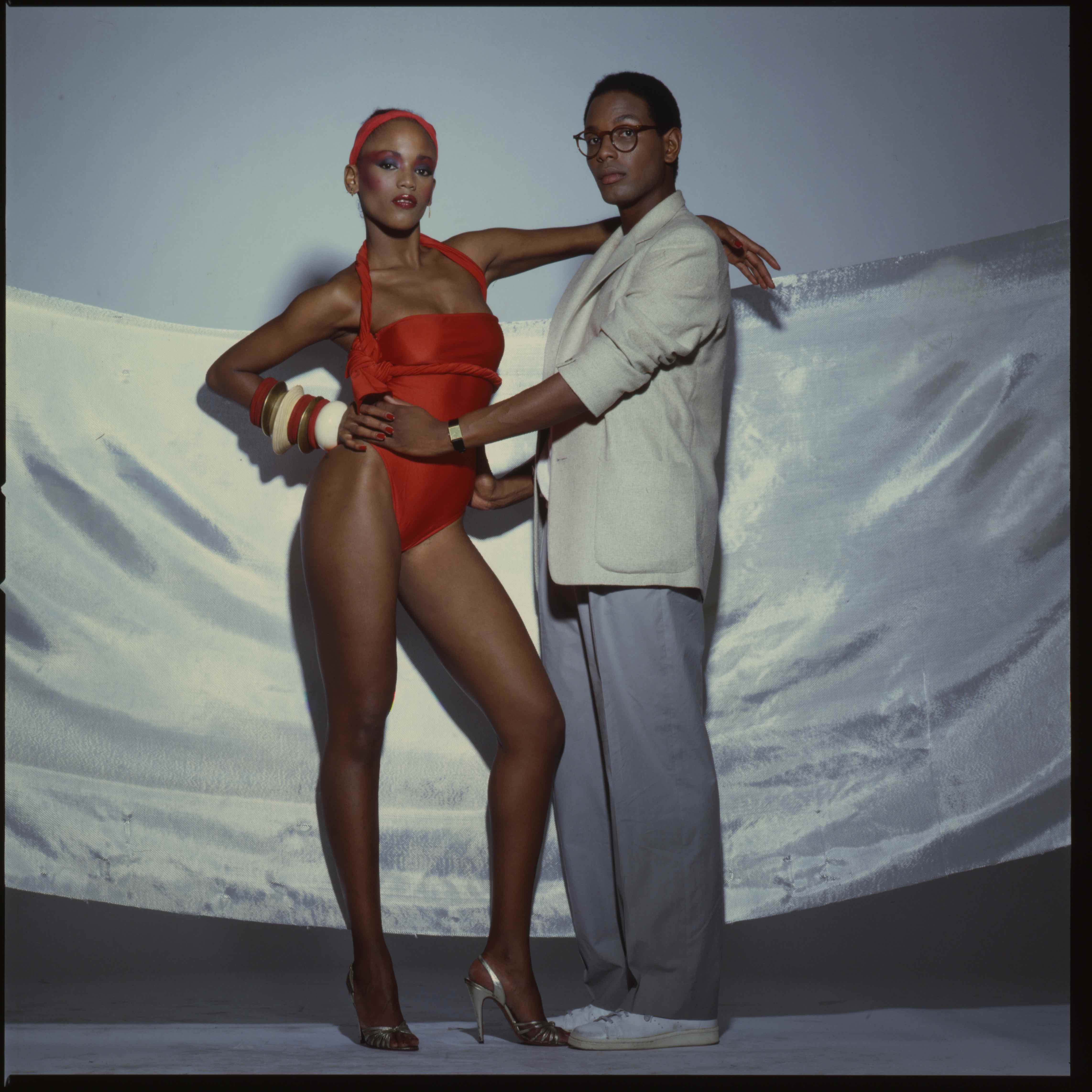
Designer Willi Smith with Toukie Smith, who wears one of his swimsuits in New York in 1978
While the more familiar showstoppers on display include Pamela Anderson’s famous signal-red Baywatch one-piece and the iconic Monokini by Rudi Gernreich (initially conceived as a statement about liberating women from hyper-sexualisation), the origin story of the bikini moniker is maybe the most intriguing. The two-piece had always existed in some form, dating back to the Chalcolithic era, but the modern term arrived in 1946, courtesy of French designer Louis Réard. He named the garment after Bikini Atoll, the site of American nuclear test explosions during the 20th century (Réard had named an earlier design ‘Atome’).
Receive our daily digest of inspiration, escapism and design stories from around the world direct to your inbox.
‘It really plays on the idea that it's very small, atomic in scale, and will have an “explosive impact”,’ notes Butchart. ‘Very tasteless today, obviously, but it shines the spotlight on this moment at the beginning of the atomic age, where these ideas were infiltrating design and pop culture. I'm hoping people will take away some of these unexpected stories, because it is a design story, but there are also real social histories.’
‘Splash! A Century of Swimming and Style’ runs at the Design Museum, London, until 17 August 2025.
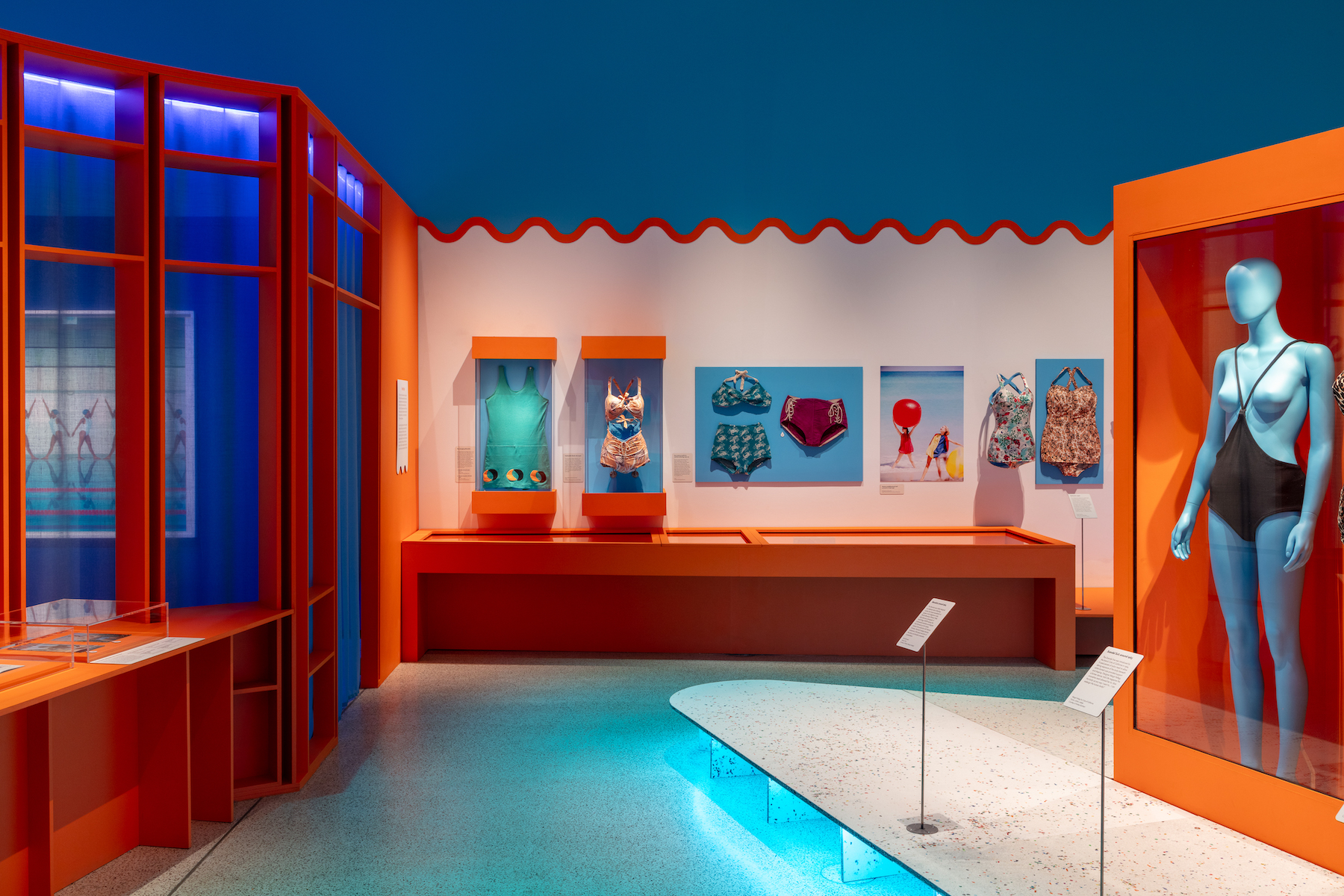
Zoe Whitfield is a London-based writer whose work spans contemporary culture, fashion, art and photography. She has written extensively for international titles including Interview, AnOther, i-D, Dazed and CNN Style, among others.
-
 A tale of two Audis: the A5 saloon goes up against the A6 Avant e-tron
A tale of two Audis: the A5 saloon goes up against the A6 Avant e-tronIs the sun setting on Audi’s ICE era, or does the company’s e-tron technology still need to improve?
-
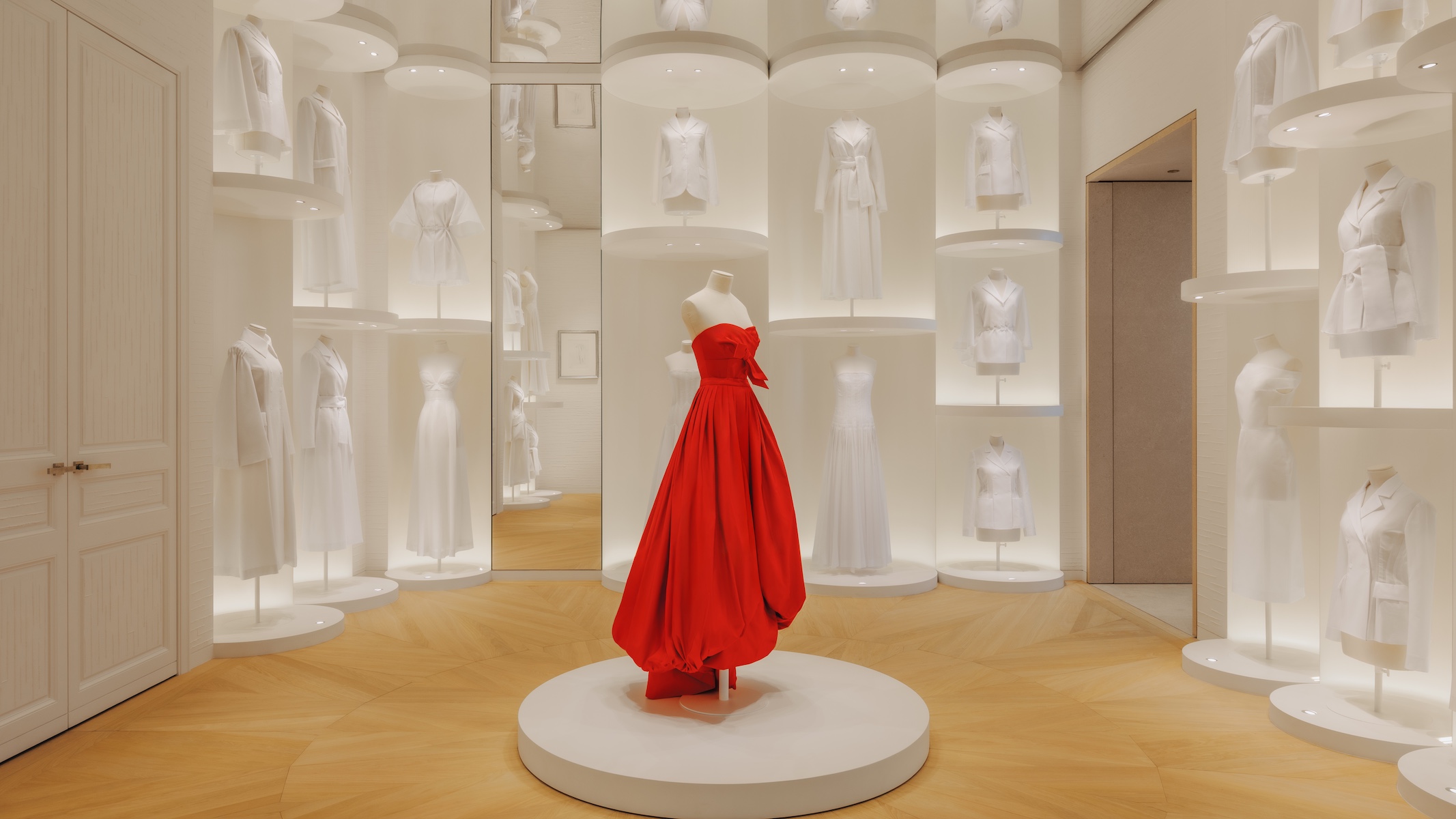 Inside Christian de Portzamparc’s showstopping House of Dior Beijing: ‘sculptural, structural, alive’
Inside Christian de Portzamparc’s showstopping House of Dior Beijing: ‘sculptural, structural, alive’Daven Wu travels to Beijing to discover Dior’s dramatic new store, a vast temple to fashion that translates haute couture into architectural form
-
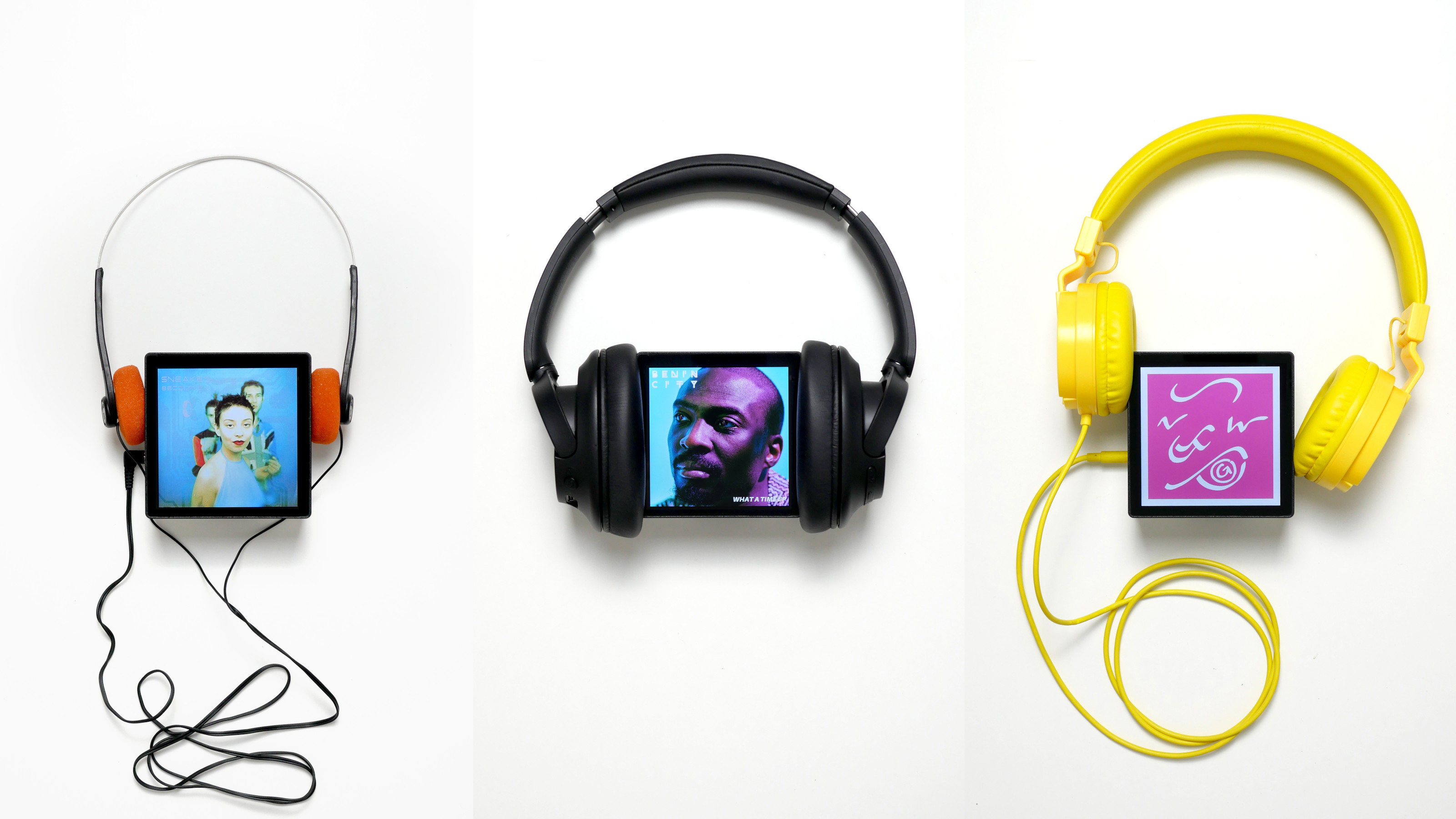 A music player for the mindful, Sleevenote shuns streaming in favour of focused listening
A music player for the mindful, Sleevenote shuns streaming in favour of focused listeningDevised by musician Tom Vek, Sleevenote is a new music player that places artist intent and the lost art of record collecting at the forefront of the experience
-
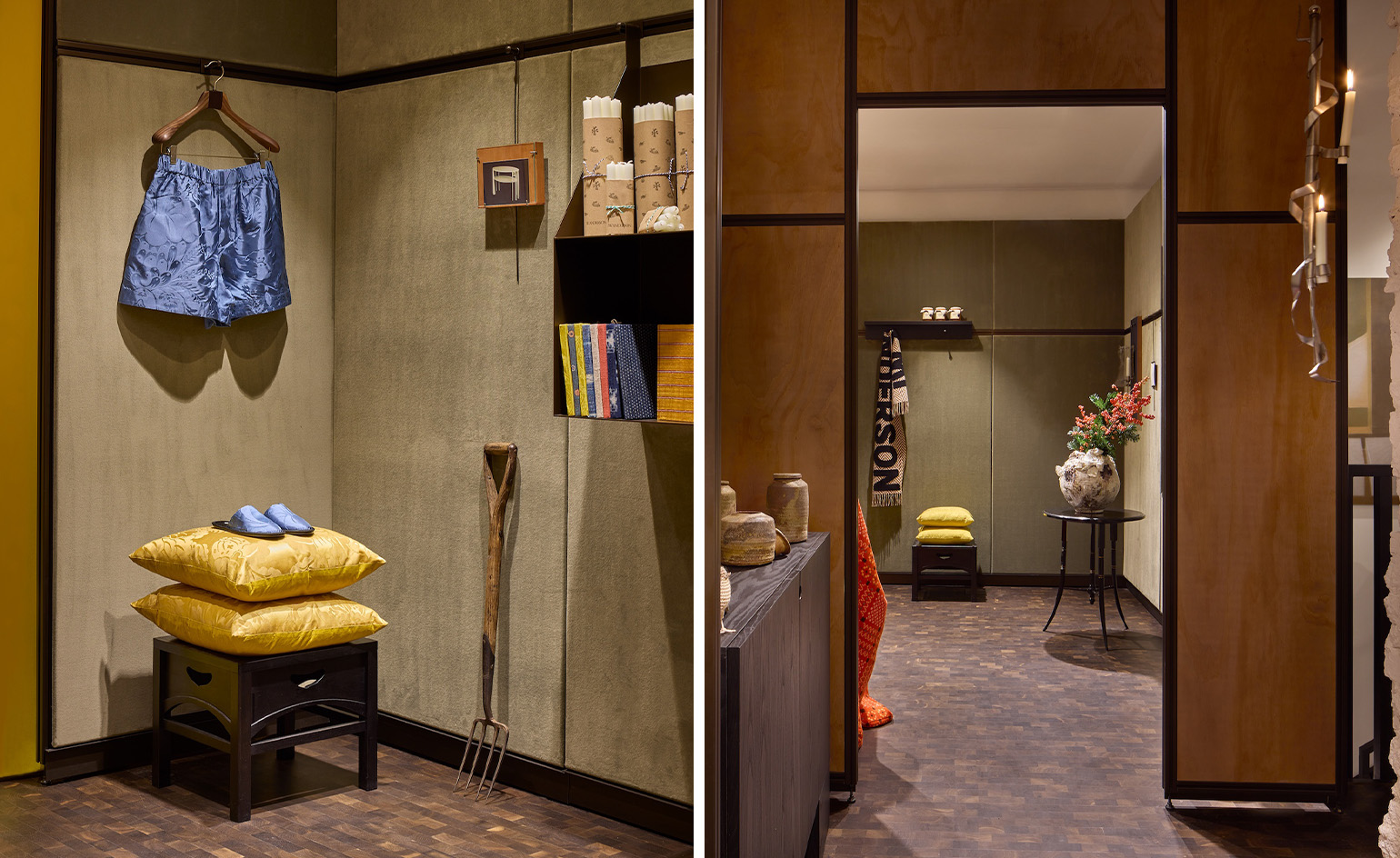 JW Anderson’s new London store is an inviting emporium of fashion, art and homeware
JW Anderson’s new London store is an inviting emporium of fashion, art and homewareThe idea of curation is at the heart of Jonathan Anderson’s refreshed vision for his eponymous label, one encapsulated in the new Sanchez Benton-designed store on Pimlico Road – a place where the designer’s passions and influences converge
-
 Inside Burberry’s festive Claridge’s takeover – including a Christmas tree covered in bows
Inside Burberry’s festive Claridge’s takeover – including a Christmas tree covered in bowsBurberry’s Daniel Lee has unveiled his vision for the Claridge’s Christmas tree, while the British house will also be taking over the hotel with Burberry cocktails, baubles and a special pop-up store
-
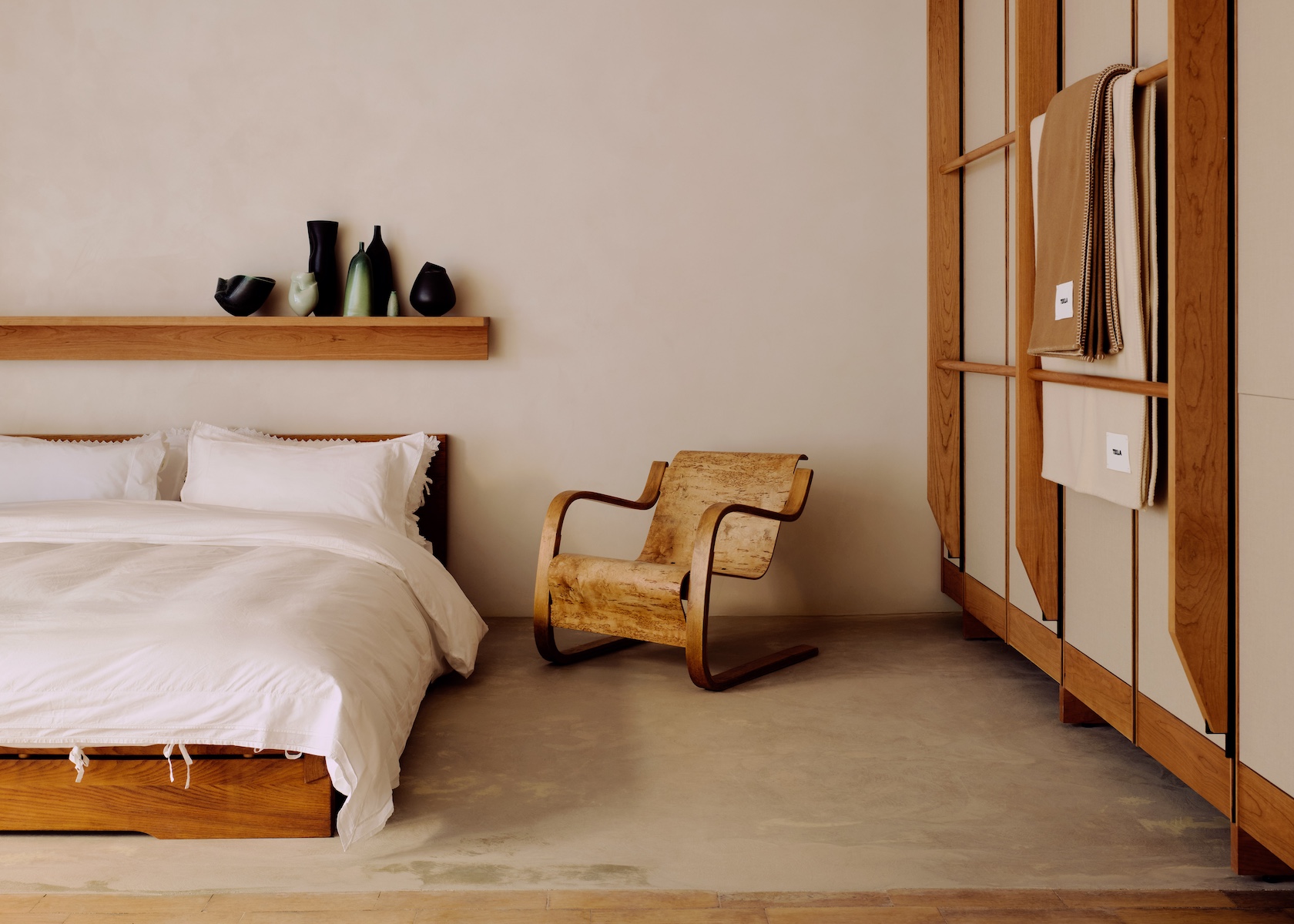 Tekla’s ‘soft and inviting’ London store is made to feel like you’re coming home
Tekla’s ‘soft and inviting’ London store is made to feel like you’re coming homeOpening on Marylebone High Street this week, the brand’s founders Charlie Hedin and Kristoffer Juhl talk to Wallpaper* about the domestic-inspired space, which marries elements of Danish and British design
-
 ‘Architect of glamour’ Antony Price makes a high-voltage return to the runway with 16Arlington
‘Architect of glamour’ Antony Price makes a high-voltage return to the runway with 16ArlingtonFeaturing a runway debut from Lily Allen, the show saw legendary designer Antony Price – best known for outfitting Roxy Music in the 1980s – unite with 16Arlington’s Marco Capaldo on the sensual after-dark collection
-
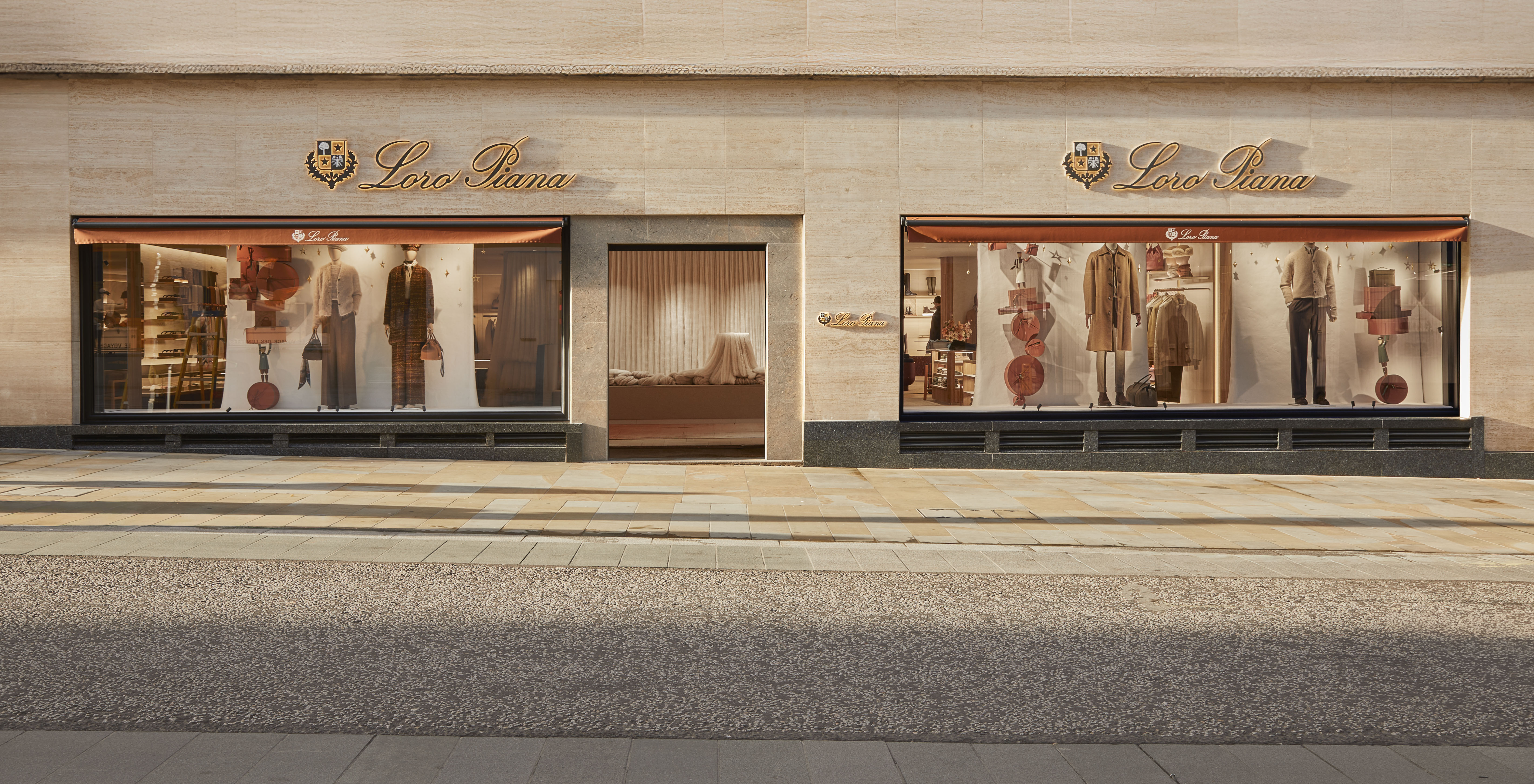 Loro Piana’s reopened London flagship is a tactile ‘home from home’
Loro Piana’s reopened London flagship is a tactile ‘home from home’Favouring tactility and warmth, the reopening of the New Bond Street store coincides with an installation at the nearby Royal Academy of the Arts, which traces a line from Loro Piana’s founding in 1924 to the present day
-
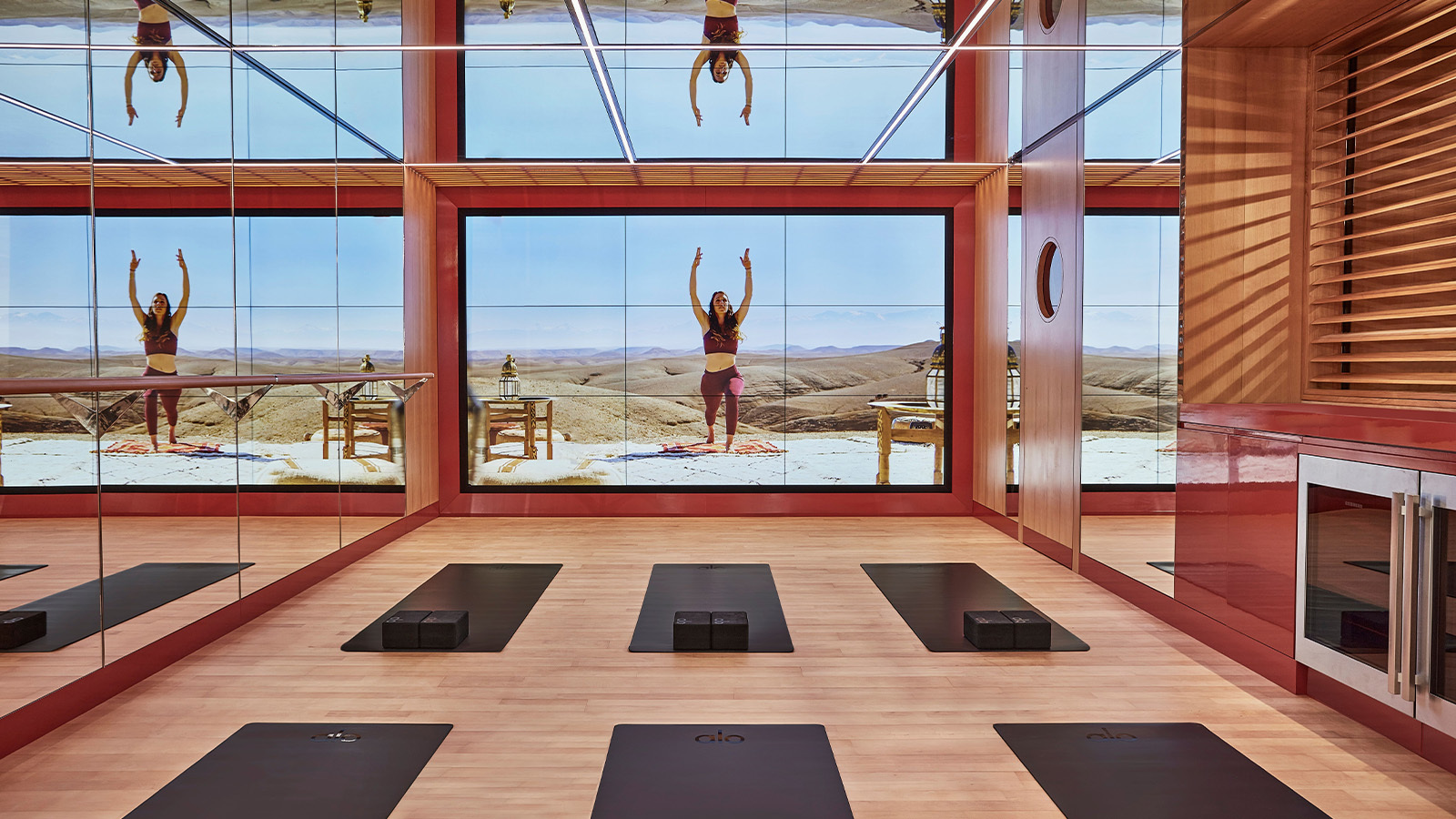 Elevate your fitness journey at the best luxury gyms in London
Elevate your fitness journey at the best luxury gyms in LondonWhether you want to embrace your inner zen or throw a boxing punch, here is our pick of the best luxury gyms in London, offering superior services and surroundings
-
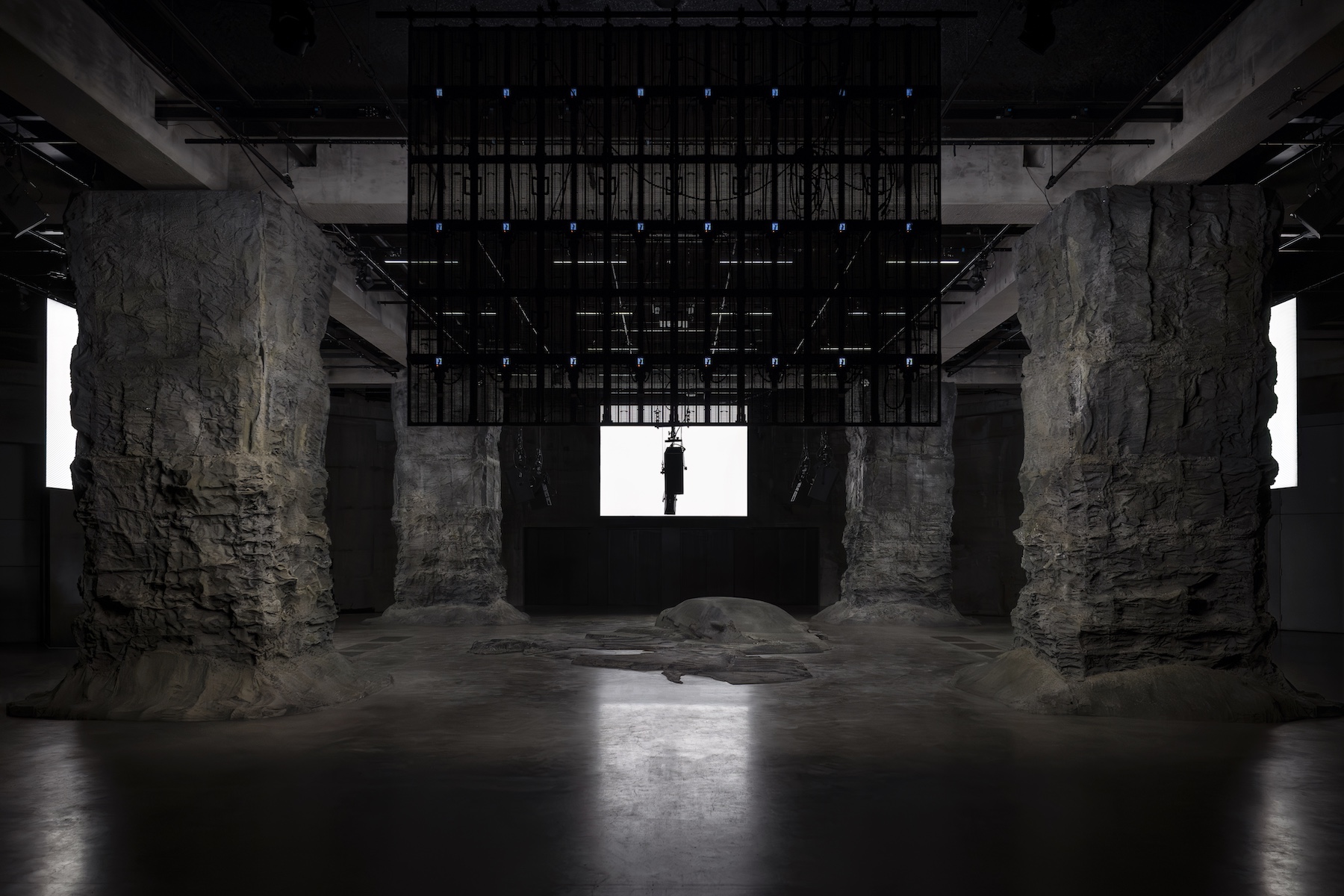 Carhartt WIP ‘excavates’ the history of its Active Jacket with a monumental installation at Tate Modern
Carhartt WIP ‘excavates’ the history of its Active Jacket with a monumental installation at Tate ModernConceived by Thomas Subreville’s practice ILL-STUDIO, the immersive installation marked 50 years of the perennial workwear jacket by exploring its ’collective symbolism’ through scenography, video and performance
-
 Inside Paul Smith’s magical Christmas takeover of London’s Royal Opera House
Inside Paul Smith’s magical Christmas takeover of London’s Royal Opera HousePaul Smith has conceived the Christmas tree for fellow Covent Garden institution the Royal Opera House as a ‘peek behind the curtains’, with decorations inspired by a theatre’s backstage